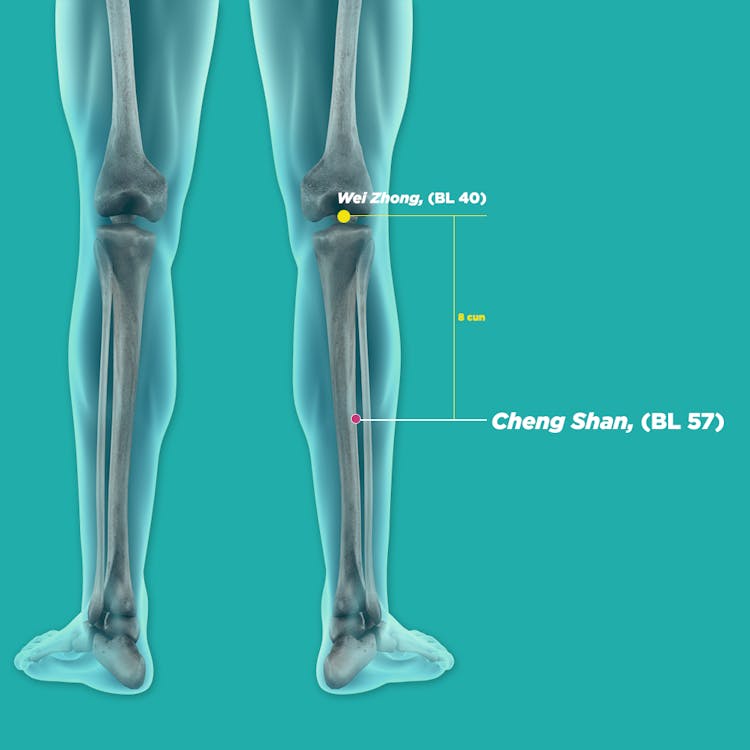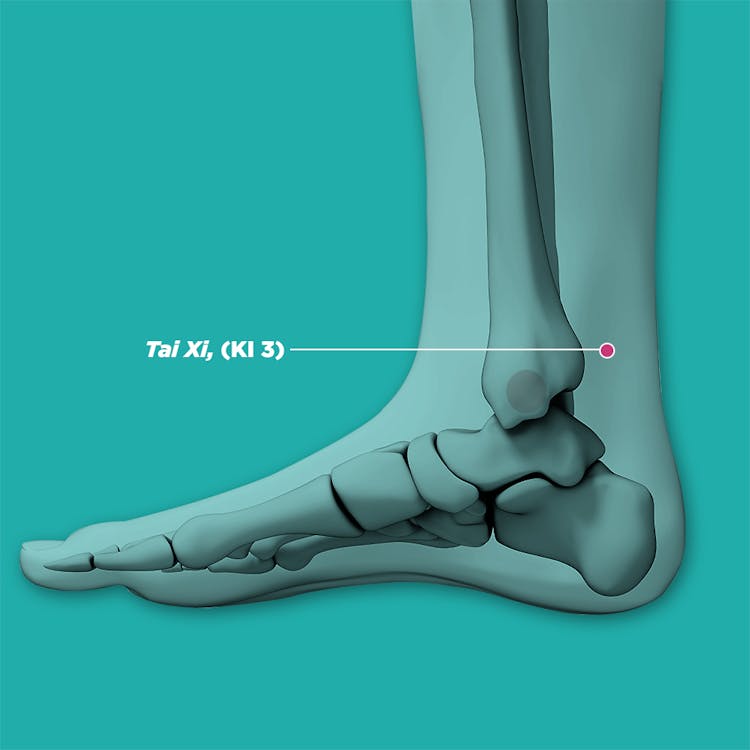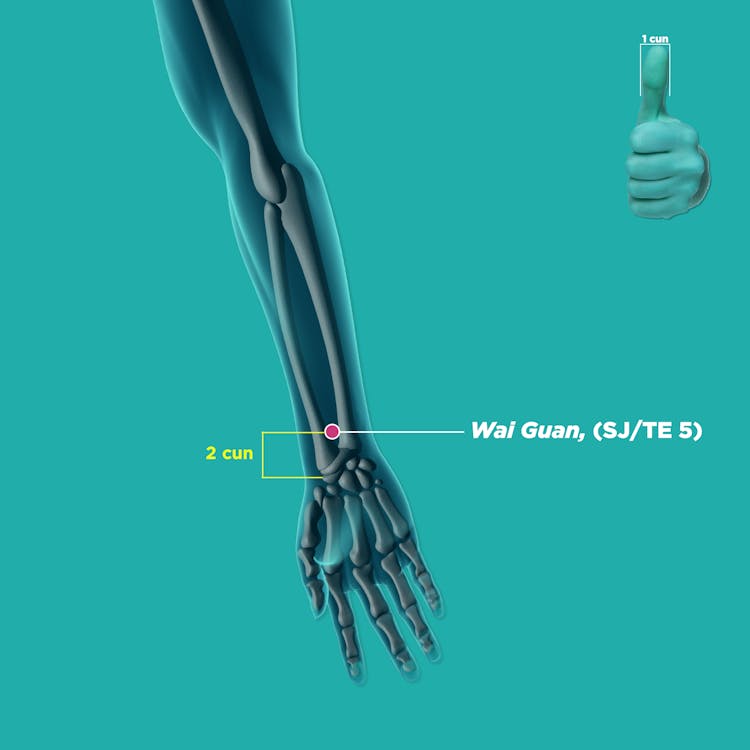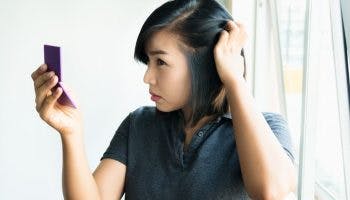Reviewed by Dr Nurul Aishah Jamaludin, Physician Chu I Ta and Simon Shen, D.C.
7 Steps to Heal Achilles Tendinitis
Published | 7 min read
The Achilles tendon is one of the strongest cords in the body. But overuse due to repetitive movement can make athletes prone to Achilles tendinitis.
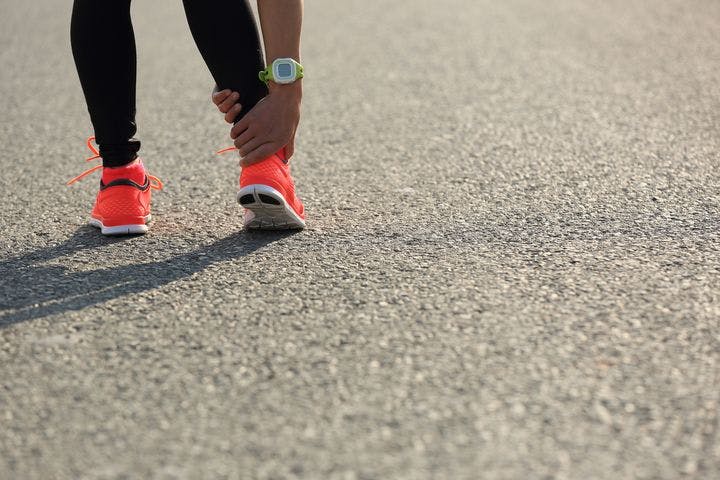
Did you know that the Achilles tendon is the largest fibrous cord in the body? In addition, it’s one of the strongest and can withstand a force of up to 1,100 pounds. Overuse will make you prone to a condition called Achilles tendinitis, an acute inflammation of the tendon.
Although similar in nature, it’s different from plantar fasciitis, which is irritation and inflammation of the plantar fascia. Read on to learn more about the injury, and ways to achieve holistic recovery naturally.
The Different Types of Achilles Tendinitis
The injury can be broken down into two categories: non-insertional and insertional Achilles tendinitis.
The former involves swelling, thickening, and disintegration of fibres in the middle of the tendon. It’s also prevalent among the young and physically active.
On the contrary, insertional Achilles tendinitis affects the lower heel and is common among long-distance or inactive runners.
What are the Risk Factors of Achilles Tendinitis?

Be mindful that you’re more likely to develop an Achilles tendon injury if you:
- Have a bone spur
- Run or dance regularly
- Have flat arches or tight and weak calf muscles
- Perform work that stresses the feet and ankles
- Play a sport that requires a lot of quick, stop-start movements
- Have an abnormal gait (overpronation) that sees the ankles collapsing inward while walking
What are the Causes and Symptoms of Achilles Tendinitis?
In athletes, the notable causes of Achilles tendinitis are excessive jumping and sprinting.
“These actions will hyperactivate the calf muscles, making them strong enough to flay the tendon’s fibres. But for people who don’t get much
Traditional Chinese Medicine (TCM) states that pain is the by-product of Blood and Qi (vital life force) Stagnation in the body.
Real Health Medical’s Chief Physician
Methods to Alleviate Achilles Tendinitis
A clinical healthcare provider is likely to propose a non-surgical treatment regimen. Be mindful that it may take several months to move freely – especially if you’ve been living with Achilles tendinitis for a prolonged period.
The R.I.C.E method
The R.I.C.E (Rest, Ice, Compression, Elevation) method comprises four steps that can relieve symptoms of the injury. First, you must immediately stop all activities that stress the tendon.
Next, the tendon has to be iced for a minimum of 20 minutes, as and when needed. Third, pressure must be applied to the tendon using a surgical wrap or athletic tape. Finally, lie down and raise the foot to elevate the injured area above the heart.
Brisement
The procedure’s mode of action is to separate scar tissue by injecting an anaesthetic into the area around the tendon. To stimulate healing, you’ll need to undergo brisement several times.
Physical therapy
Before choosing to undergo chiropractic treatment, you’ll need to understand that it doesn’t suppress tendon inflammation. Instead, it helps reduce the load and
Typically, Achilles tendinitis treatment will involve an adjustment of the
Shockwave therapy
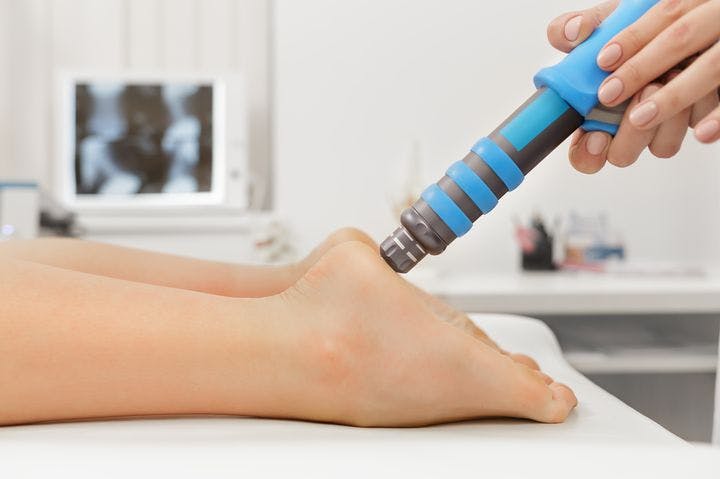
A healthcare provider may recommend using high-intensity sound to soothe pain in the affected area and support recovery.
Surgery
You may need surgery if you undergo six months of non-surgical therapy but fail to recover from Achilles tendinitis. Some of the surgical options to consider are:
- Gastrocnemius recession: lengthens the calf muscles.
- Tenotomy: breaks up scar tissue in the Achilles tendon with high-velocity saline.
- Debridement and repair: remove the damaged tendon and stitches the healthy tendon back together.
- Debridement with tendon transfer: tendon transfer helps the big toe point down to the heel bone. You’ll still be able to walk or run but not likely to play competitive sports after the procedure.
Herbal foot bath
A foot bath may help relieve symptoms of the injury. The herbal ingredients that can be combined safely include:
- Atracty
lodes (bai zhu, 白术) - Frankincense (ru xiang, 乳香)
- Lopseed (tou gu cao, 透骨草)
- Vaccaria (wang bu liu xing, 王不留行)
- Myrrh (mo yao, 没药)
- Chinese clematis (wei ling xian, 威灵仙)
- Sub-erect Spatholobus stem (ji xue teng, 鸡血藤)
These ingredients should be placed in a bag and boiled in a litre or 1.5 litres of water. Pour the water into a bucket and moderate its temperature by adding cold or room-temperature water. Soak the feet for 15 to 20 minutes.
Acupuncture an d acupressure
The principles of “Holographic Acupoints Treatment (HAT)” state that the:
- Elbow joints reflect the knee joints
- Wrist joints reflect the ankle joints
- Palms reflect the heels
Based on this, an acupuncturist will activate acupoints on the right hand to treat Achilles tendinitis on the left side of the body, and vice versa. Acupressure can also be performed at home on specific acupoints to ease discomfort from the condition. Using fingers or a blunt massage tool, you can massage until you feel some tenderness in the area.
A few of the points that can help relieve pain due to the injury are:
- Wei zhong (BL40, 委中)
- Cheng shan (BL57, 承山)
- Kun lun (BL60, 昆仑)
- Yang ling quan (GB34, 阳陵泉)
- Tai xi (KI3, 太溪)
- Shou san li (LI10, 手三里), on the opposite hand
- Da ling (PC7, 大陵), on the opposite hand
- Wai guan (SJ5, 外关), on the opposite hand
Taking steps to prevent Achilles tendinitis will enable you to enjoy your favourite physical activities without worry. If you do suffer the injury, take comfort in knowing that clinical and traditional remedies can help you get back up on your feet in no time. Ultimately, speak to your doctor or a TCM practitioner before treating the injury.
References
- UT Southwestern Medical Center. 2020. Achilles tendon injuries: Why do they take so long to heal? [online] [Accessed 7 December 2022]
- OrthoInfo. Achilles Tendinitis. [online] [Accessed 7 December 2022]
- OrthoInfo. Plantar Fasciitis and Bone Spurs. [online] [Accessed 7 December 2022]
- Cleveland Clinic. Achilles Tendinitis. [online] [Accessed 7 December 2022]
Share this article on


